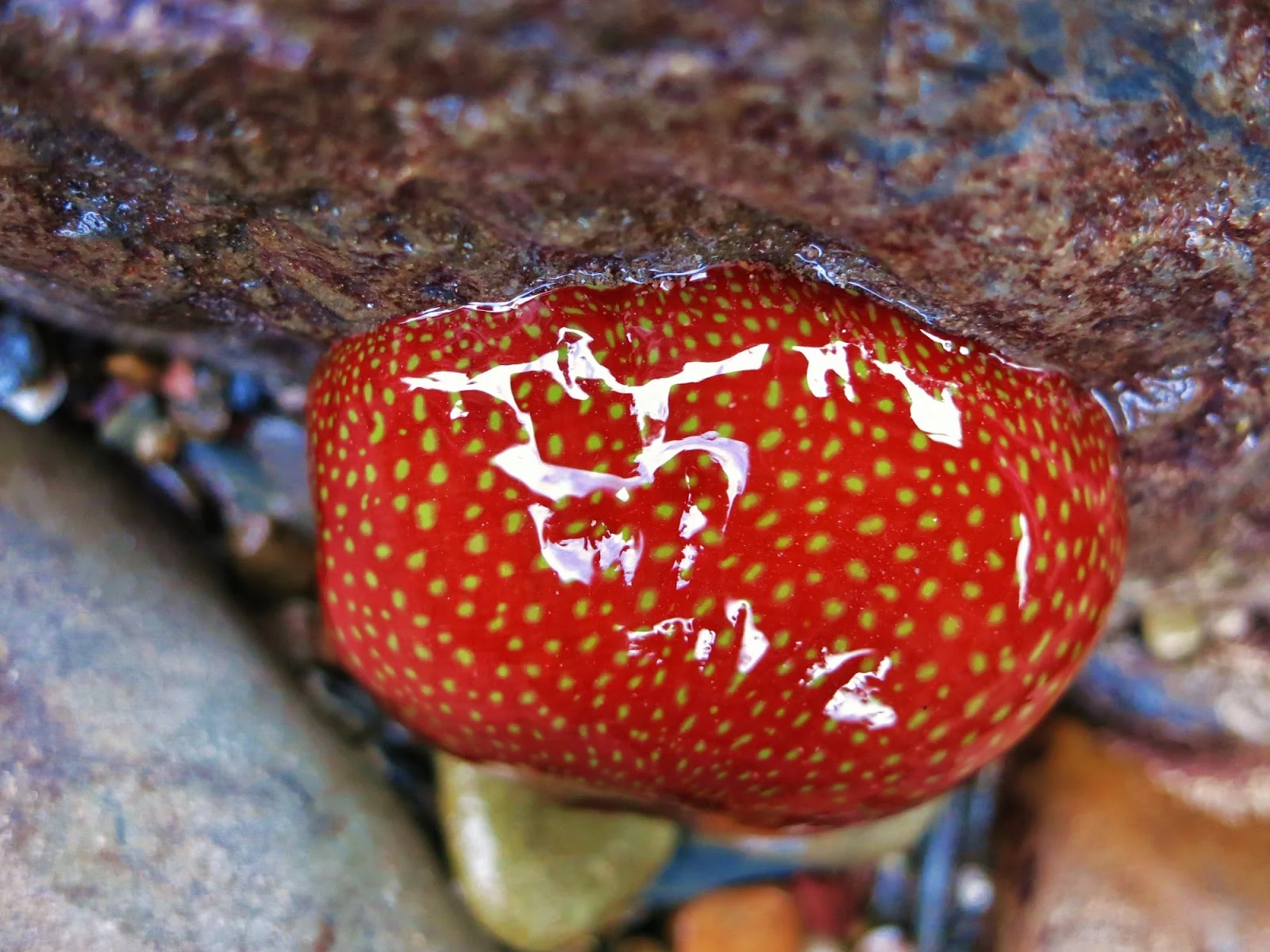Far from the madding bank holiday beach crowds, we enjoyed a sunny start to the Platinum Jubilee weekend with a visit to Woody Bay Station in the heart of Exmoor National Park.
Pristine is the only word you can use to describe, the locomotive and carriages of the Lynton and Barnstaple Railway lovingly restored by a team of volunteers. We were greeted by a smiling bowler-hatted “Stan” aka Stan Laurel from 'Laurel and Hardy do Devon' and the smart uniformed Station Master before boarding the train.
A delightful trip on the narrow-gauge track rolling through stunning Exmoor countryside, with views out the window across the land with sheep and gamboling lambs, to the coast. Green fields all the way to Killington Lane Halt with a short rest to step out and enjoy the scenery while the engine shunted its way up and back for the return. Keeping up with railway protocol, a poignant moment captured when the “Token” was exchanged between the signalman and the engine driver. Even more poignant as this was the driver’s first time in charge of the train watched over by his long experienced mate. The Station building was bedecked with bunting and flags, Platinum Jubilee cupcakes and a right royal HM70 celebration cake with her majesty’s smile taking centre stage.
Your ticket is valid for the day giving you the option to ride the train as many times as you like, there are plenty of the heritage carriages so you don’t need to share with strangers if you don’t want to, there is even a first class carriage right behind the engine. Educational for schools and railway enthusiasts, fun for families and those with four-legged friends are welcome to go walkies on the Woodland Trail.
Chuffing sound, the puff of smoke and the toot of the whistle ……nostalgia …..pure magic.
Please scroll down for links to the Woody Bay Station website, information and history of the railway and how you can support the Railway Trust’s plans to extend the track bed.
- Check the plans to extend the railway - Planning News Update 18th May 2022 | The Lynton & Barnstaple Railway (lynton-rail.co.uk)
- Please register your support for the L&B Railway Trust online with Exmoor National Park
Full steam ahead
Platinum Jubilee Cakes in honour of Her Majesty
Handing over the token at Killington Lane Halt
Movie legend look-a-like on the platform
-------
All photos copyright Pat and Brett Adams (All rights reserved)
-------
CLICK HERE TO VIEW PHOTO ALBUM 'LETTING OFF STEAM 2022' ON FLICKR
-----------------------------
👀👀👀
- The only steam railway in the UK where passengers travel in Victorian railway carriages designed in the 1890s
- Steam trains through rolling countryside, with views out to wild moorland and the rugged coastline.
- Originally opened in 1898, and closed in 1935; what you can see today at Woody Bay is just the beginning of an exciting project to rebuild one of the world's most famous and picturesque narrow-gauge railways; the legendary Lynton & Barnstaple Railway.
- You board your train - comprised of restored heritage carriages - at Woody Bay Station, and travel to Killington Lane and back on a two-mile round trip behind a narrow-gauge steam locomotive.
>Entertainers 'Laurel and Hardy do Devon' are on Facebook









.jpg)
.jpg)